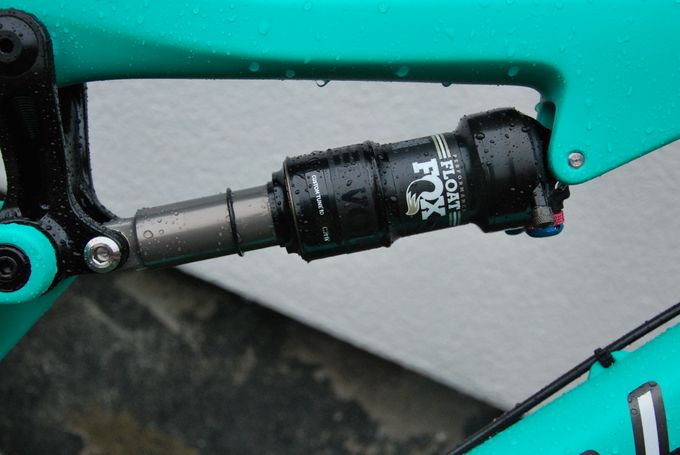Having your bike suspension set up correctly is vital for a comfortable and controlled ride. It plays a significant role in your performance whilst out on the trails, so it’s important to get it right.
Before we try to determine the ideal set up, let’s go back to the basics and cover what suspension is, and what it does…

All modern mountain bikes will have front suspension. The front suspension – or forks – allow the bike to absorb some of the unevenness in the terrain you’re riding over.
So, when your front wheel rolls over a rooty bit, the front of the bike is able to take up some of that shock, so you don’t feel it as much in your body. With the bike taking up some of that unevenness, it provides a great deal of traction and control for the rider.
Buyers’ Guide: Hardtail versus full suspension mountain bikes
The amount of “shock absorbing” your forks can do, is called the “travel”, which is commonly measured in millimetres. Mountain bikers attacking gnarlier trails will often have rear suspension also, called a rear shock, and it does the same job as the forks, taking up some of that unevenness in the terrain to enable a smoother and more controlled ride.













